Melbourne International Jazz Festival
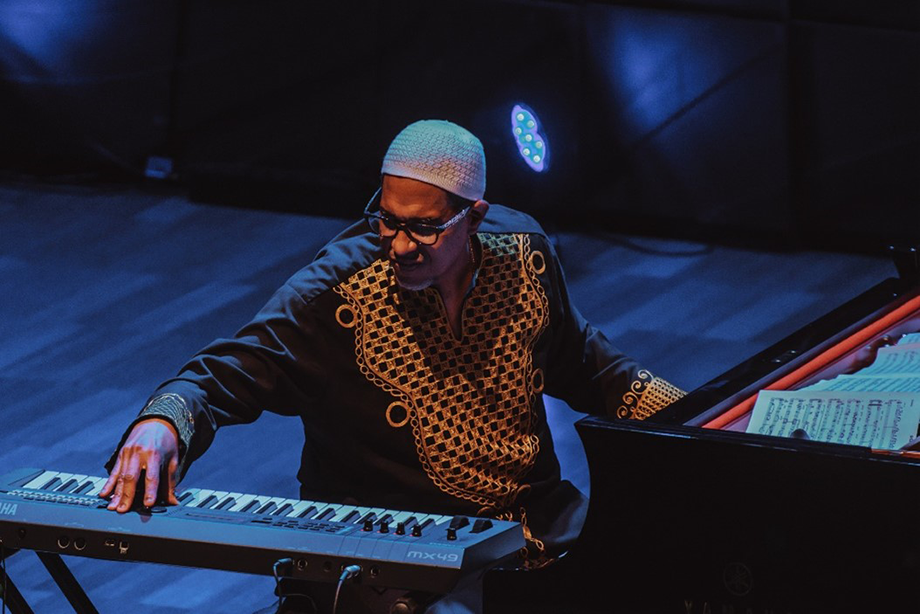
As I made my way across town for the opening night of this year’s Melbourne International Jazz Festival (MIJF), I started to reflect on what it is that festivals like this do. Sure, they have a mandate to stage world-class events, generally beyond the remit of local venues or promotors. But there is more to it than that, isn’t there? Especially, over recent years, the MIJF has adopted a proactive stance, aimed at building community. It accomplishes this not by simply serving as a litmus test for the state of the art – though this year’s festival inevitably does that, with some five hundred musicians from eighteen countries squeezed across ten days – but by challenging audiences with new definitions of jazz, championing under-represented voices, commissioning new works, programming innovative one-off collaborations, and nurturing the next crop of talent.
MIJF 2025 did all this, and more. But, somehow, these reflections fell away the moment Panamanian pianist Danilo Pérez – best known for his near-quarter-century tenure with the Wayne Shorter Quartet, a band whose transcendent, synergistic performances became the stuff of myth – took the stage at The Jazzlab in Brunswick, and launched into his composition ‘Suite for the Americas’, accompanied by the exceptional talents of a nine-piece ensemble – drawn from the Melbourne Conservatorium of Music – whose members never for a moment approximated my definition of ‘student’. Throughout, there was an overwhelming sense of euphoria and surprise generated by this performance, simply billed as Masters & Apprentices. Sometimes, it dawned on me, it really is just about the music.
Pérez’s two-hour-long solo concert at Melbourne Recital Centre the next day was a very different affair. The first half centred on original compositions like ‘Rediscovery of the Pacific Ocean’ and ‘Alternative Realities’, heavily geared to Pérez’s left-handed, rhythmic vamps that served to anchor his rapid-fire flights in the upper register. These extended pieces – repetitive and hypnotic, broken only by sporadic sorties on electric keyboard – manifested a journey-like quality, with Pérez’s percussive style summoning the spirit of pianists like Randy Weston and Mal Waldron. Mid-stream, he altered the mood, playing a series of briefer, melodic pieces – including Michael Jackson’s ‘Human Nature’ – that underscored his lyrical bent. His two lengthy encores – both of which received standing ovations – featured a Thelonious Monk medley and an improvised take on his composition ‘Gratitude’, its calm, meditative sweep bearing parallels with Keith Jarrett’s immersive seventies’ outings. Though Pérez announced that he rarely performs solo, his concert yielded a constant flow of rhythmic and melodic ideas, attesting to his pianistic virtuosity and compositional mastery.
MIJF’s First Nations Artist Residency, run in partnership with the Australian Art Orchestra (AAO) and Songlines Aboriginal Music Corporation, has become an important vehicle for First Nations composers and artists. This year’s recipient, composer and percussionist Adam Manning, a proud Kamilaroi man, debuted his work ‘First Rhythms’ – scored for clapsticks, piano, violin, cello, bass, and drums – at the Primrose Potter Salon. Manning’s series of brief miniatures blended minimalist piano and strings with dense percussive overlays. Several pieces responded directly to Manning’s paintings – projected into the space – evoking colours linked to land and waterways; while others drew upon field recordings: bird chants, running streams. The centrepiece was Manning’s deep-rooted percussion that locked in with drummer David Jones, their combined salvos underpinning Aaron Choulai’s finely etched piano, and strings. The overall effect was transformative, a deeply moving deliberation on rhythmic pulse as a container of memory and culture.
The cavernous, dimly lit, underground space of 170 Russell Street has customarily hosted MIJF acts that nudge jazz into new territory, mashing it with hip hop, nu-jazz, grime, soul, and funk. American saxophonist Gary Bartz, whose career stretches back to sixties stints with Max Roach and Art Blakey, as well as incendiary contributions to Miles Davis’s electric watershed years, is one of the last surviving touchstones to an era of radical and spiritual jazz. At eighty-five, he shows few signs of slowing down and appeared to relish the chance to cherry-pick from his back catalogue, reprising favourites like ‘Music is My Sanctuary’ and his signature tune, the Langston Hughes inspired ‘I’ve Known Rivers’. Bartz elsewhere focused on his new album Damage Control (2025), amplifying its funk and neo-soul feel with driving percussion and bass. Melbourne pianist Barney McAll – a long-term collaborator with Bartz – was omnipresent, furnishing tonal colour via electric keys, his driving grooves augmented by the big-hearted vocals of Rita Satch and Belle Bangard. Pivoting from Charlie Parker licks to soul covers, Bartz’s mellifluous tone on alto and soprano shone at every turn.
For his Australian début at 170 Russell Street, French-Lebanese trumpeter Ibrahim Maalouf looked every inch the conquering hero. Appearing with his ‘Trumpets of Michel-Ange’ – comprising six trumpets – he barnstormed his way through an upbeat, dynamic set that bore all the hallmarks of an unruly Middle Eastern wedding (a metaphor he alluded to throughout). Maalouf is something of a phenomenon in his native France, a prodigious crossover artist who records prolifically and routinely plays stadiums. Armed with a quarter-tone trumpet, invented by his father to facilitate the playing of Arabic microtonal scales, Maalouf merged bold, brassy rhythms with Middle Eastern tonalities, building his music via call-and-response phrasing. But it was on contemplative numbers like ‘True Sorry’ that Maalouf really showed off his trumpet skills, crafting slow-burn emotive crescendos that summoned the majestic moods of Miles Davis’s Sketches of Spain (1960). Maalouf’s musical homage to his father, family, culture, and community resonated strongly; rarely have I seen an audience this engaged – or one go this wild – at a jazz concert.
MIJF’s final weekend was crammed with highlights, including the ever-popular Jazz at the Bowl event, headlined by Harry Connick Jnr, alongside a swag of Grammy winners – newcomer Samara Joy, Japanese pianist Hiromi, vocalist Gregory Porter – and guitar legend Bill Frisell.
Porter’s sold-out concert at the Arts Centre confirmed his status as one of the finest soul and jazz singers of his generation. Delivered in his inimitable satiny baritone, Porter’s songs trace a direct lineage to soul royalty: Marvin Gaye, Donny Hathaway, Sam Cooke. Porter’s performance, backed by a stellar band – especially Ondrej Pivec’s driving B3 Hammond organ – was brimming with highlights, including his beautiful paean to the Harlem Renaissance, ‘On My Way to Harlem’, which nostalgically recreates the streets that Langston Hughes and Duke Ellington once walked, their echoes still present; and ‘Take Me to the Alley’, with its expressive refrain ‘take me to the afflicted ones’, that carried shades of Marvin Gaye’s What’s Going On (1971). But the standout was Porter’s lengthy version of ‘Musical Genocide’, its pulsing groove and repeated lament of ‘I do not agree’ incorporating snatches of Smokey Robinson’s ‘My Girl’ and the Temptations’s ‘Papa was a Rolling Stone’. Steeped in the church music of his childhood, Porter’s socially conscious songs, stressing love and optimism in a troubled world, struck a deep and resonant chord, evidenced by the audience’s spirited standing ovation.
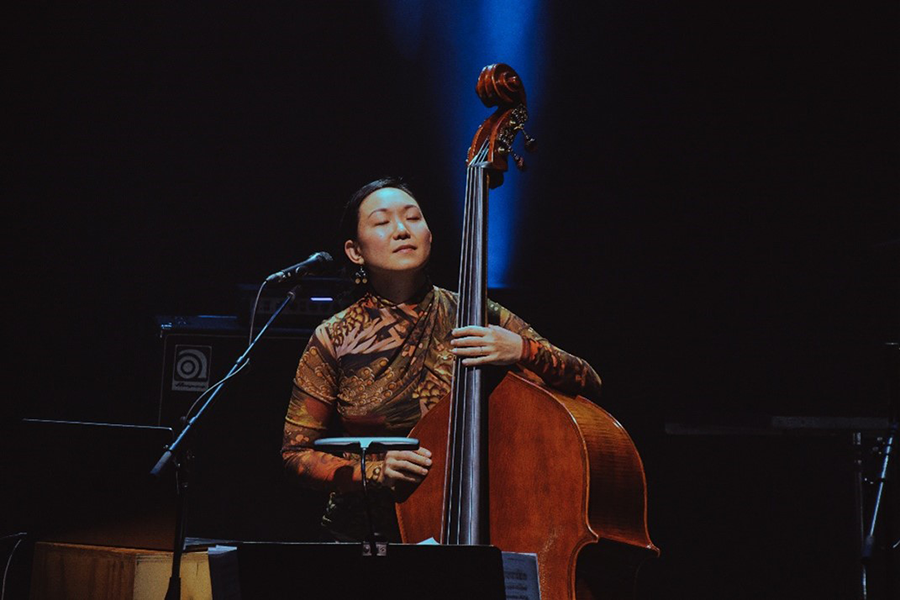 Linda May Han Oh at the Melbourne Recital Centre (photograph by Duncographic)
Linda May Han Oh at the Melbourne Recital Centre (photograph by Duncographic)
Since relocating to New York in 2008, Perth bassist Linda May Han Oh has forged a remarkable career, routinely playing with the likes of Pat Metheny, Dave Douglas, Vijay Iyer and Tyshawn Sorey. For her Melbourne Recital Centre concert, she unveiled a newly commissioned work ‘Invisible Threads’, featuring media artist Pamela Z, pianist Andrea Keller, trumpeter Mat Jodrell, guitarist James Muller, and drummer Ben Vanderwal. There was a strong theatrical and multimedia element to this performance, its narrative arc heightened by Keith Henry Brown’s visual projections and Pamela Z’s voice manipulations, patched from live looping, electronic processing, and pre-recorded samples. Oh’s music – inspired by her mother’s stories, chiefly the sewing school she founded in Malaysia as a young woman – employed the metaphor of sewing, a constant in Brown’s visuals, to address the ‘invisible threads’ that bind us, the root of human connectedness. Oh’s magnificent score on themes of migration/displacement - which embraced experimental soundscapes, spacious minimalism and pulsing energy – was a triumph, beautifully rendered, its underlying motifs elevated by complex musical storytelling.
MIJF’s final night saw American guitarist Bill Frisell play the last of his six sold-out shows at The Jazzlab, accompanied by bassist Thomas Morgan and drummer Rudy Royston, both of whom featured on Frisell’s superb album Valentine (2020). It’s a dream trio – comparable to the great Bill Evans trio with Scott LaFaro and Paul Motian – distinguished by telepathic interplay and a multi-pronged approach when it comes to interpreting Frisell’s sizeable songbook. For this performance, Frisell threw caution to the wind, playing an open-ended forty-five-minute improvisation – stitched from a seemingly bottomless swag of melodies – that never lost focus nor ran out of steam. Throughout, his subtle use of pedals and effects lent this music a ragged beauty, his every note ringing with crystalline clarity. The trio’s synergy, grounded in close listening, came across as preternatural – so much so that even Frisell grinned sheepishly on occasion, as if surprised at the turn of events. The trio rounded out their performance with a series of short pieces – including the much-loved Barbra Streisand vehicle ‘People’ – that highlighted their uncanny ability to peel back a time-worn melody to its emotive core, reinventing it from the ground up. Frisell’s performance, which melded sonic panoramas with pointillistic flourishes, African rhythms and old-time Americana, felt beyond category, testament to his stature as one of the towering figures in contemporary jazz.
At the end of it all, I found myself circling back to my initial question: what is it that music festivals do? It struck me that MIJF 2025, in just ten days, had telescoped and compressed time, imparting musical experiences, impressions, and memories too numerous to process. It will likely take weeks or months and send me scrambling in new musical directions. Surely, above all else, this is its chief raison d’être and where the root of its success truly resides. Sometimes, it really is all about the music.
The Melbourne International Jazz Festival ran at various Melbourne venues from 17-26 October 2025


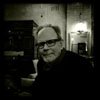
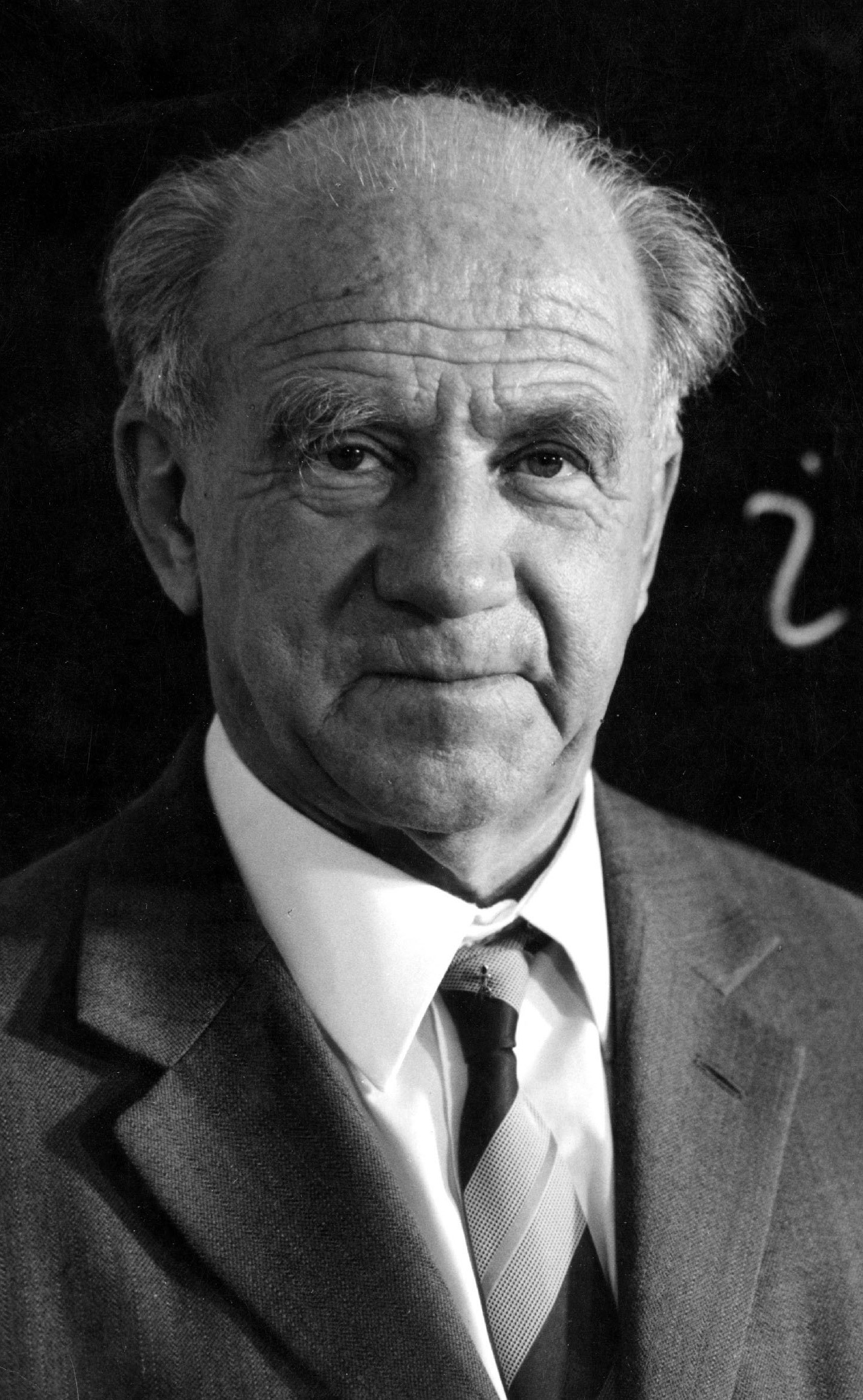
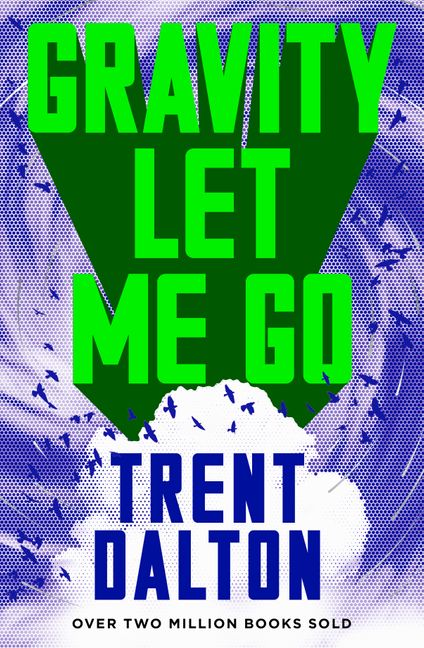
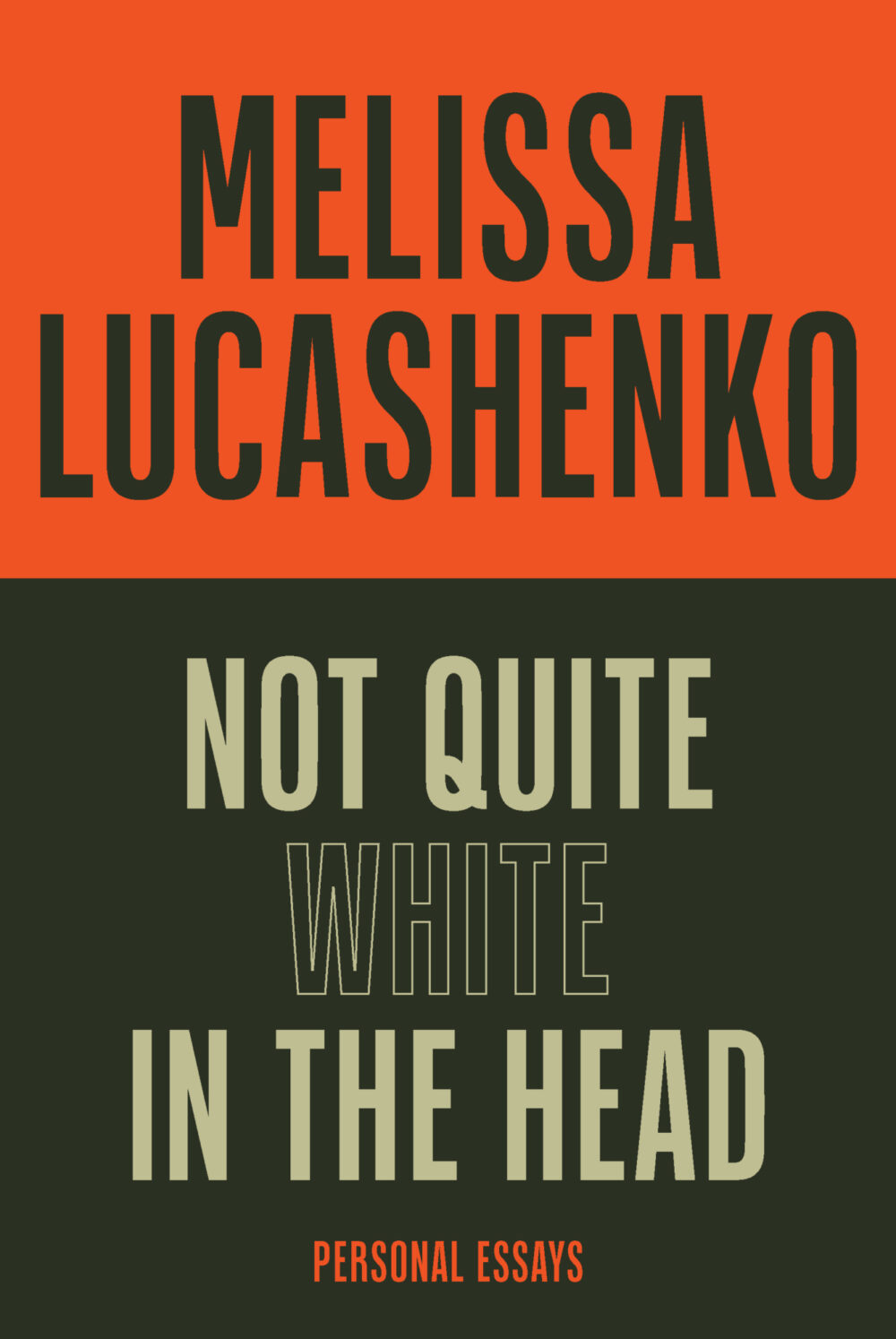

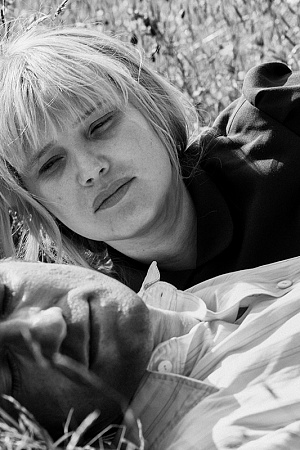

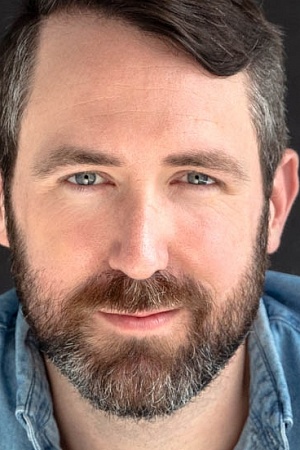
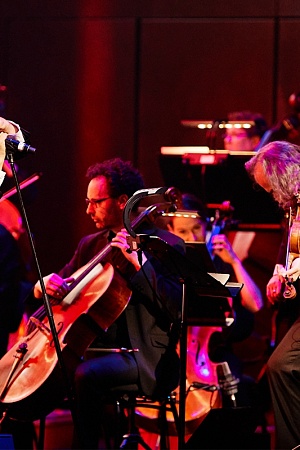
Leave a comment
If you are an ABR subscriber, you will need to sign in to post a comment.
If you have forgotten your sign in details, or if you receive an error message when trying to submit your comment, please email your comment (and the name of the article to which it relates) to ABR Comments. We will review your comment and, subject to approval, we will post it under your name.
Please note that all comments must be approved by ABR and comply with our Terms & Conditions.